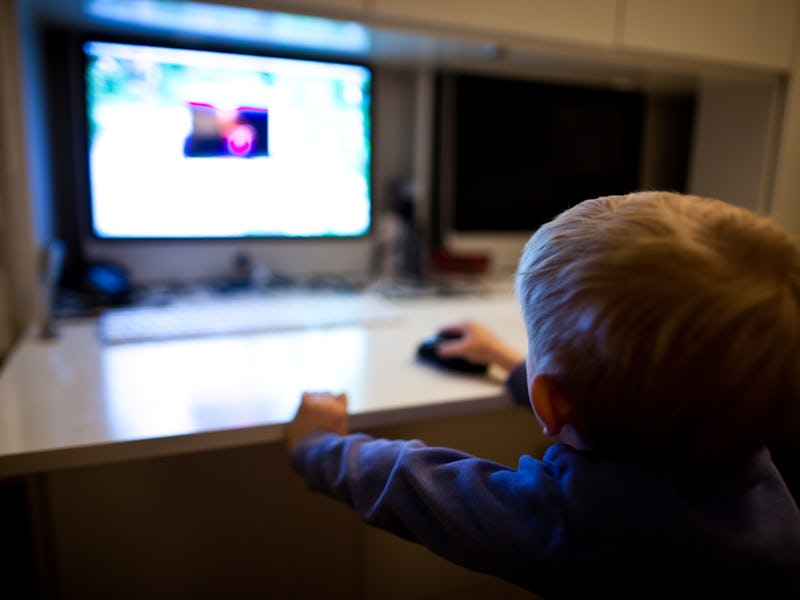The 5 Psychological Reasons You Can't Resist Clickbait
We all shop at the curiosity gap.

New York Post editor Vinnie Musetto, who crafted the most best headline ever (“Headless Body in Topless Bar”) passed away earlier in June after perfecting an art form that had already become antiquated. The old-fashioned screamer has evolved into clickbait. As a catchall for stories that talk big then slip out for a pack of smokes and never come back, the concept of clickbait has been around on some level since the first newspaper sold its first issue, but digital bait is different. The root of the problem, as The Atlantic laid out in November, is that it hinges on headlines that are filthy misdirected lies. And the reasons these headlines work are psychological. You can’t help but click. You were built that way.
1. Curiosity
The curiosity gap is the extension of a theory proposed by Carnegie Mellon University economic psychologist George Loewenstein, the information gap. The idea is that humans don’t enjoy being tantalized, so when confronted with a knowledge gap — the “What Happened Next” part of a headline — our instinct is to find out what, in fact, transpired. That the curiosity gap is so widely employed is the reason Saved You A Click has 194,000 Twitter followers.
2. Outrage
There’s a certain element of the Internet that traffics in outrage. For instance: “Dear Anti-Vaxxers: You Want Pure Nature? OK, Die Young.” is, presumably, upsetting if you’re against vaccines. Anger is closely linked to high psychological arousal, which, in the case of clickbait, manifests as people clicking and sharing. “More anxiety- and anger-inducing stories are both more likely to make the most e-mailed list,” according to a 2011 paper in the Journal of Marketing Research, which analyzed 7,000 New York Times articles.
3. Positivity
On the flip side, offering a big pleasant emotional payoff works, too. In a 2015 study, two European scientists developed the Valence-Arousal-Dominance circumplex to describe how virality or clickiness is linked to emotion. More arousing stories included anger put also positive moods like happiness, too. By way of example, here’s strategy consultant Steve Hind defending clickbait headlines to NPR in 2013:
I actually got pointed to a video that was on YouTube via Upworthy, that was originally just called “Zach Wahls Talks About His Family.” Zach Wahls is a bloke from the states raised by two gay moms. And the video, which was quite a passionate testimony from him, got a million views. It was rebranded to be called “Two Lesbians Raised A Baby, And This Is What They Got.” And with that headline, it got 17 million views.
4. Titillation
In a 2013 study that reviewed headlines from The New York Times, Forbes, the BBC, and 11 other media outlets, University of Bristol researchers found that the most popular articles over an 18-month slog focused on crime and entertainment. When it comes to “public affairs” topics like politics and finance, however, we are not entertained. More Bourbon Street and less Wall Street, unless Goldman Sachs dudes are being vampire squids again.
5. Numbers
There’s a reason this post is 1) a list and 2) has numbers in the headline. Confronted with a wide variety of options — and what is the Web but a buffet of a billion sites competing for attention? — lists make for easy pickings, as The New Yorker puts it . To cut through information overload, Swiss researchers Claude Messner and Michaela Wanke posit that the sense of satisfaction on completing a task (like reading a list rather than a large tract of text) acts as a sort of unconscious positive reinforcement for similar tasks — that is, clicking the next list.